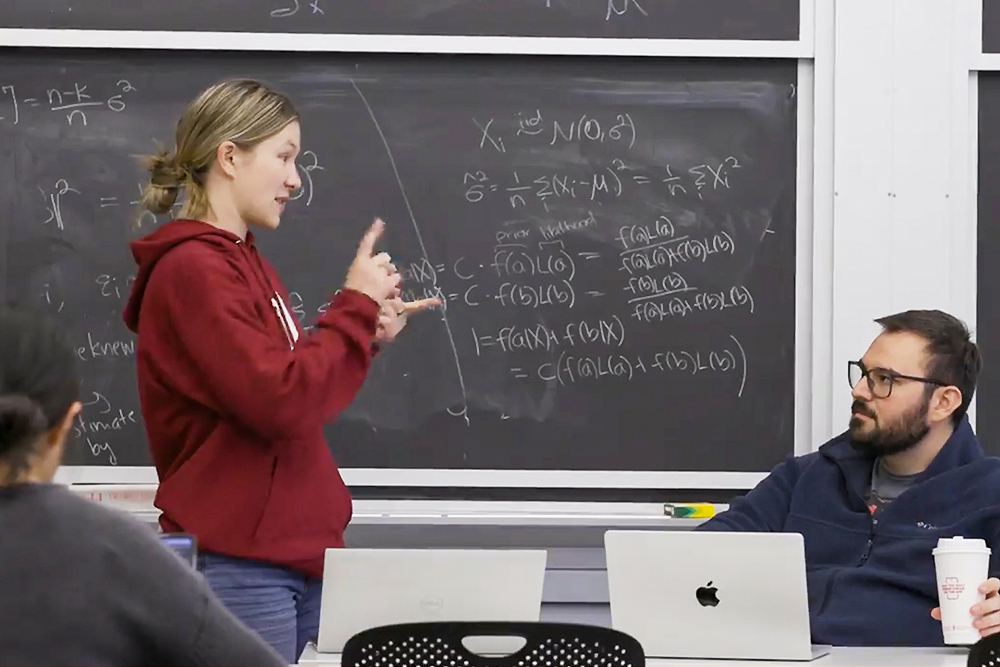Introduction to Artificial Intelligence in Mechanical Engineering
Artificial intelligence optimization offers a host of benefits for mechanical engineers, including faster and more accurate designs and simulations, improved efficiency, reduced development costs through process automation, and enhanced predictive maintenance and quality control. According to Faez Ahmed, the Doherty Chair in Ocean Utilization and associate professor of mechanical engineering at MIT, machine learning, AI, and optimization are playing a big role in mechanical engineering.
The Role of AI in Mechanical Engineering
Mechanical engineering is a broad field that encompasses not just basic mechanical tools but also complex systems like cars, robots, and cranes. Ahmed notes that within mechanical engineering, AI and machine learning are becoming increasingly important. In his course, 2.155/156 (AI and Machine Learning for Engineering Design), students learn to use tools and techniques from artificial intelligence and machine learning for mechanical engineering design, focusing on the creation of new products and addressing engineering design challenges.
AI and ML for Engineering Design Course
The course, which is open to both undergraduate and graduate students, focuses on the implementation of advanced machine learning and optimization strategies in the context of real-world mechanical design problems. Students participate in contests related to AI for physical systems and tackle optimization challenges in a class environment fueled by friendly competition. They are given challenge problems and starter code that provides a solution, but not the best solution, and are encouraged to refine their methods. Live leaderboards encourage students to continually improve their approaches.
Hands-on Exercises and Final Projects
The curriculum incorporates discussions on research papers, and students also pursue hands-on exercises in machine learning tailored to specific engineering issues, including robotics, aircraft, structures, and metamaterials. For their final project, students work together on a team project that employs AI techniques for design on a complex problem of their choice. This allows them to apply what they have learned in the class to an area that interests them. Examples of final projects include predicting ground force for runners using motion capture data, designing customized cat trees, and creating software for designing a new type of 3D printer architecture.
Benefits and Outcomes
The course has quickly become one of the Department of Mechanical Engineering’s most popular non-core offerings, attracting students from various departments across the Institute. Student projects from this course often lead to research publications and have even led to awards. For instance, a recent paper titled "GenCAD-Self-Repairing" won the American Society of Mechanical Engineers Systems Engineering, Information and Knowledge Management 2025 Best Paper Award.
Conclusion
In conclusion, artificial intelligence and machine learning are revolutionizing the field of mechanical engineering, offering numerous benefits, including faster and more accurate designs, improved efficiency, and reduced development costs. The AI and ML for Engineering Design course at MIT provides students with hands-on experience in applying AI techniques to real-world mechanical design problems, preparing them for the challenges of the future.
FAQs
What is the AI and ML for Engineering Design course about?
The AI and ML for Engineering Design course focuses on the implementation of advanced machine learning and optimization strategies in the context of real-world mechanical design problems.
What kind of projects do students work on in the course?
Students work on a variety of projects, including predicting ground force for runners using motion capture data, designing customized cat trees, and creating software for designing a new type of 3D printer architecture.
What are the benefits of taking the AI and ML for Engineering Design course?
The course provides students with hands-on experience in applying AI techniques to real-world mechanical design problems, preparing them for the challenges of the future, and often leads to research publications and awards.
Who can take the AI and ML for Engineering Design course?
The course is open to both undergraduate and graduate students from various departments across the Institute.
What is the goal of the final project in the course?
The goal of the final project is to apply AI techniques to a complex problem of the student’s choice, allowing them to demonstrate their understanding of the course material and its practical applications.











